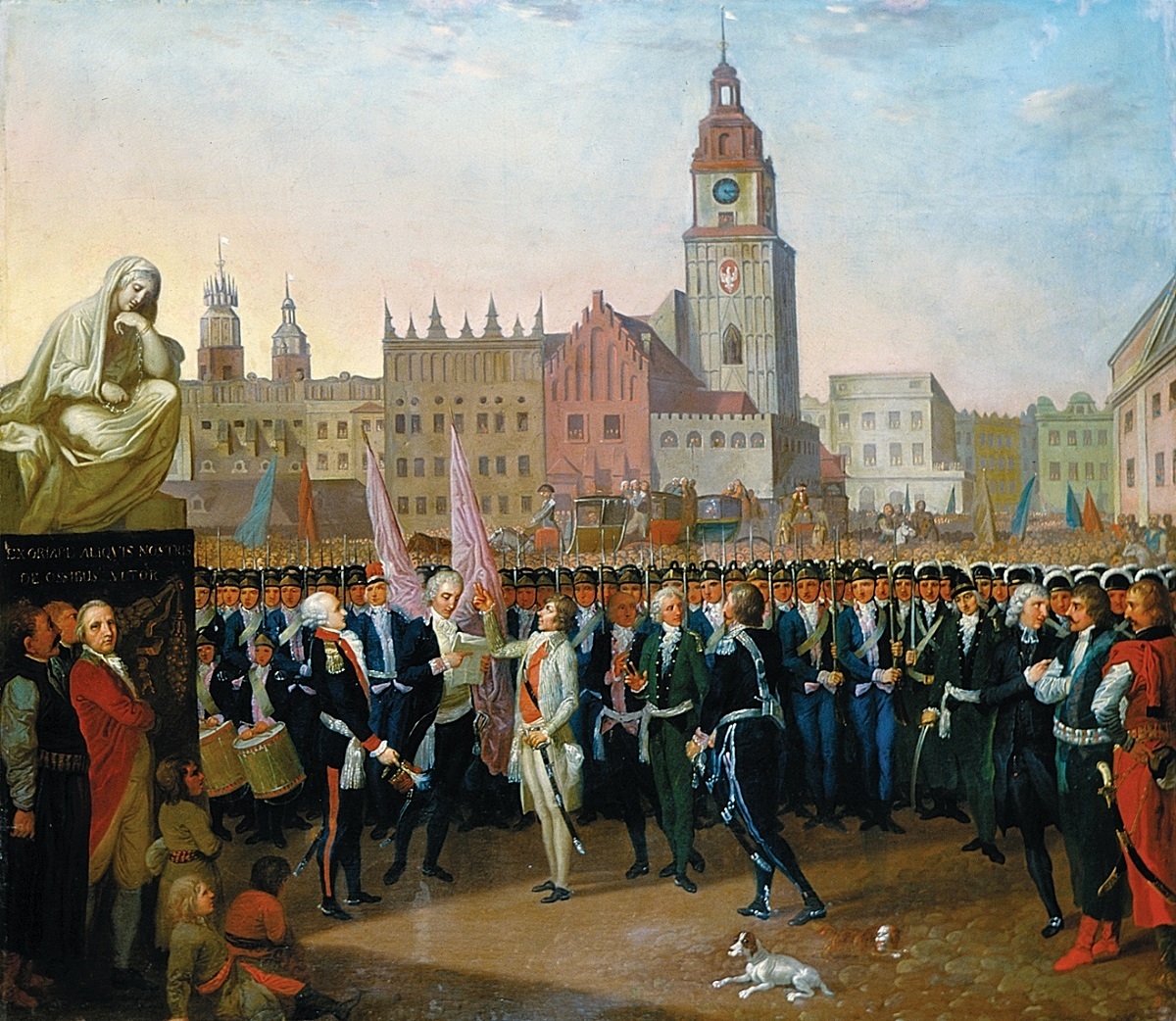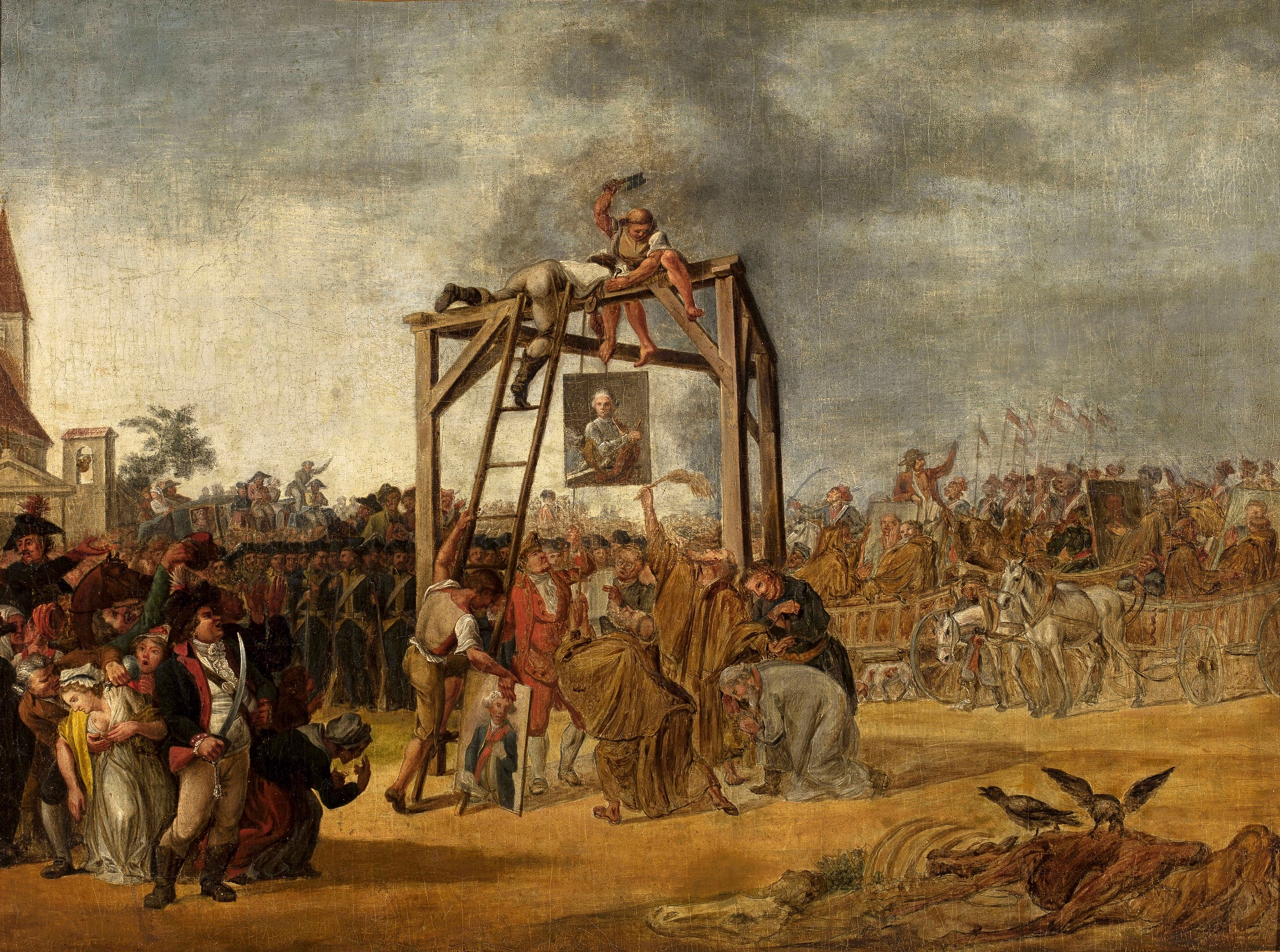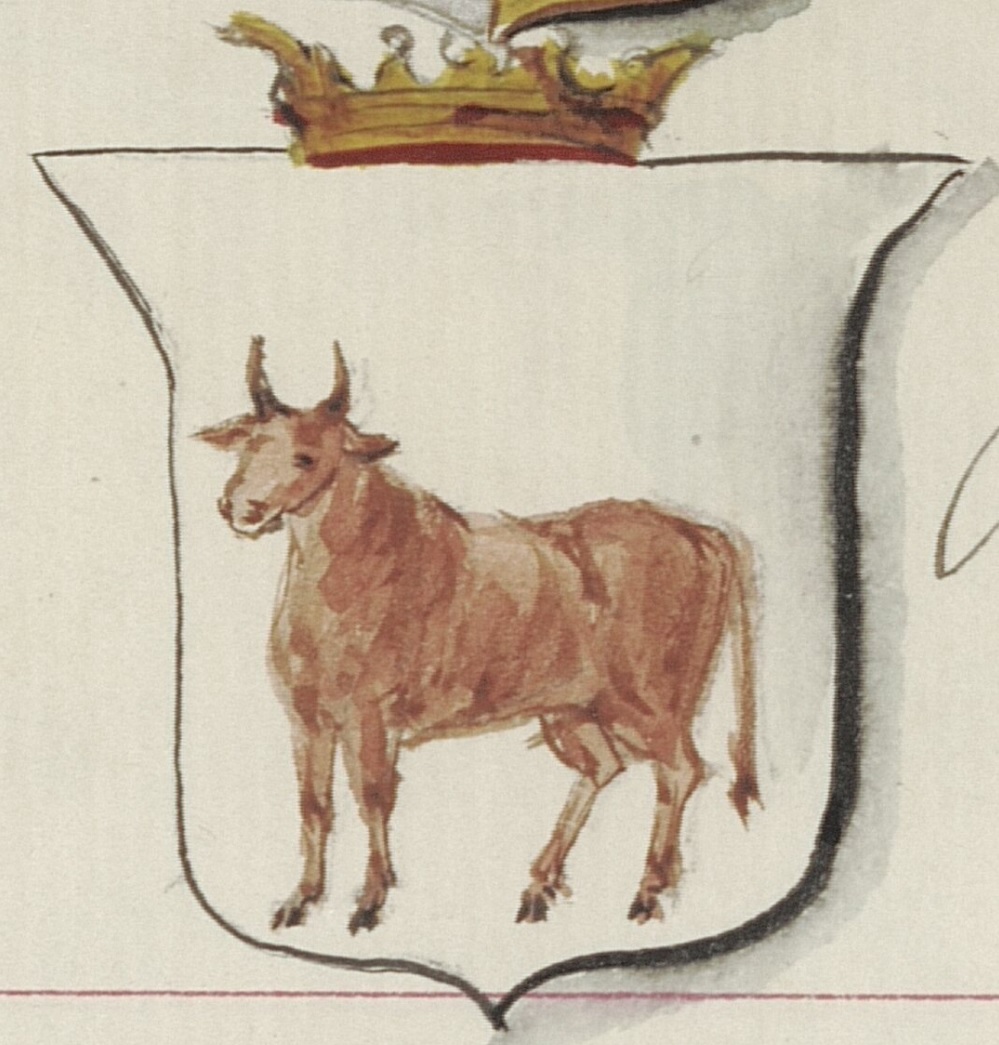|
Józef Wybicki
Józef Rufin Wybicki (; 29 September 1747 – 10 March 1822) was a Polish nobleman, jurist, poet, political and military activist of Kashubian descent. He is best remembered as the author of "Mazurek Dąbrowskiego" (), which was adopted as the Polish national anthem in 1927. Life Wybicki was born in Będomin, in the region of Pomerania in the Polish–Lithuanian Commonwealth. His family was Pomeranian nobility. He finished a Jesuit school, and in his youth was a junior court official. Wybicki was elected a deputy to the Repnin Sejm, the session of Polish parliament in 1767, on the eve of the First Partition of Poland. Subsequently he joined the insurgency known as the Confederation of Bar (1768–1772), aimed at opposing the Russian influence and king Stanisław August Poniatowski. He was one of the advisors (''konsyliarz'') of the Confederacy, acting as a diplomat. After the failure of the uprising, he spent some time in the Netherlands, studying law at Leiden University. ... [...More Info...] [...Related Items...] OR: [Wikipedia] [Google] [Baidu] |
Józef Wybicki
Józef Rufin Wybicki (; 29 September 1747 – 10 March 1822) was a Polish nobleman, jurist, poet, political and military activist of Kashubian descent. He is best remembered as the author of "Mazurek Dąbrowskiego" (), which was adopted as the Polish national anthem in 1927. Life Wybicki was born in Będomin, in the region of Pomerania in the Polish–Lithuanian Commonwealth. His family was Pomeranian nobility. He finished a Jesuit school, and in his youth was a junior court official. Wybicki was elected a deputy to the Repnin Sejm, the session of Polish parliament in 1767, on the eve of the First Partition of Poland. Subsequently he joined the insurgency known as the Confederation of Bar (1768–1772), aimed at opposing the Russian influence and king Stanisław August Poniatowski. He was one of the advisors (''konsyliarz'') of the Confederacy, acting as a diplomat. After the failure of the uprising, he spent some time in the Netherlands, studying law at Leiden University. ... [...More Info...] [...Related Items...] OR: [Wikipedia] [Google] [Baidu] |
Jesuit
, image = Ihs-logo.svg , image_size = 175px , caption = ChristogramOfficial seal of the Jesuits , abbreviation = SJ , nickname = Jesuits , formation = , founders = , founding_location = , type = Order of clerics regular of pontifical right (for men) , headquarters = Generalate:Borgo S. Spirito 4, 00195 Roma-Prati, Italy , coords = , region_served = Worldwide , num_members = 14,839 members (includes 10,721 priests) as of 2020 , leader_title = Motto , leader_name = la, Ad Majorem Dei GloriamEnglish: ''For the Greater Glory of God'' , leader_title2 = Superior General , leader_name2 = Fr. Arturo Sosa, SJ , leader_title3 = Patron saints , leader_name3 = , leader_title4 = Ministry , leader_name4 = Missionary, educational, literary works , main_organ = La Civiltà Cattolica ... [...More Info...] [...Related Items...] OR: [Wikipedia] [Google] [Baidu] |
Kościuszko Uprising
The Kościuszko Uprising, also known as the Polish Uprising of 1794 and the Second Polish War, was an uprising against the Russian Empire and the Kingdom of Prussia led by Tadeusz Kościuszko in the Polish–Lithuanian Commonwealth and the Prussian partition in 1794. It was a failed attempt to liberate the Polish–Lithuanian Commonwealth from external influence after the Second Partition of Poland (1793) and the creation of the Targowica Confederation. Background Decline of the Commonwealth By the early 18th century, the magnates of Poland and Lithuania controlled the state – or rather, they managed to ensure that no reforms would be carried out that might weaken their privileged status (the "Golden Freedoms"). Through the abuse of the '' liberum veto'' rule which enabled any deputy to paralyze the Sejm (Commonwealth's parliament) proceedings, deputies bribed by magnates or foreign powers or those simply content to believe they were living in an unprecedented "Go ... [...More Info...] [...Related Items...] OR: [Wikipedia] [Google] [Baidu] |
Targowica Confederation
The Targowica Confederation ( pl, konfederacja targowicka, , lt, Targovicos konfederacija) was a Confederation (Poland), confederation established by Polish–Lithuanian Commonwealth, Polish and Lithuanian magnates on 27 April 1792, in Saint Petersburg, with the backing of the Russian Empress Catherine II of Russia, Catherine II. The confederation opposed the Constitution of 3 May 1791 and fought in the Polish–Russian War of 1792, which led to the Second Partition of Poland, Second and Third Partition of Poland, Third Partitions of Poland. History The Targowica confederation opposed the Constitution of 3 May 1791, which had been adopted by the Great Sejm, especially the provisions limiting the privileges of the nobility. The text of the founding act of the confederation was drafted by the Russian general Vasili Stepanovich Popov, Chief of Staff of Prince Grigori Alexandrovich Potemkin. Its purpose was proclaimed in the small town of Targowica and the Potocki's estate (now in H ... [...More Info...] [...Related Items...] OR: [Wikipedia] [Google] [Baidu] |
Polish–Russian War Of 1792
The Polish–Russian War of 1792 (also, War of the Second Partition, and in Polish sources, War in Defence of the Constitution ) was fought between the Polish–Lithuanian Commonwealth on one side, and the Targowica Confederation (conservative nobility of the Commonwealth opposed to the new Constitution of 3 May 1791) and the Russian Empire under Catherine the Great on the other. The war took place in two theaters: a northern in Lithuania and a southern in what is now Ukraine. In both, the Polish forces retreated before the numerically superior Russian forces, though they offered significantly more resistance in the south, thanks to the effective leadership of Polish commanders Prince Józef Poniatowski and Tadeusz Kościuszko. During the three-month-long struggle several battles were fought, but no side scored a decisive victory. The largest success of the Polish forces was the defeat of one of the Russian formations at the Battle of Zieleńce on 18 June; in the aftermath ... [...More Info...] [...Related Items...] OR: [Wikipedia] [Google] [Baidu] |
Great Sejm
The Great Sejm, also known as the Four-Year Sejm ( Polish: ''Sejm Wielki'' or ''Sejm Czteroletni''; Lithuanian: ''Didysis seimas'' or ''Ketverių metų seimas'') was a Sejm (parliament) of the Polish–Lithuanian Commonwealth that was held in Warsaw between 1788 and 1792. Its principal aim became to restore sovereignty to, and reform, the Commonwealth politically and economically. The Sejm's great achievement was the adoption of the Constitution of 3 May 1791, often described as Europe's first modern written national constitution, and the world's second, after the United States Constitution. The Polish Constitution was designed to redress long-standing political defects of the federative Polish-Lithuanian Commonwealth and its system of Golden Liberties. The Constitution introduced political equality between townspeople and nobility and placed the peasants under the protection of the government, thus mitigating the worst abuses of serfdom. The Constitution abolished pernicious p ... [...More Info...] [...Related Items...] OR: [Wikipedia] [Google] [Baidu] |
Patriotic Party
, colorcode = #E4433E , leader1_title = Leaders , leader1_name = Ignacy PotockiAdam Kazimierz Czartoryski Stanisław Małachowski , foundation = , dissolution = , headquarters = Kraków , ideology = Pro-ReformConstitutionalismNationalism , country = Poland , country2 = Lithuania The Patriotic Party ( pl, Stronnictwo Patriotyczne), also known as the Patriot Party or, in English, as the Reform Party, was a political movement in the Polish–Lithuanian Commonwealth in the period of the Four-Year Sejm (Great Sejm) of 1788–1792, whose chief achievement was the Constitution of 3 May 1791. The reformers aimed to strengthen the ailing political machinery of the Commonwealth, to bolster its military, and to reduce foreign political influence, particularly that of the Russian Empire. It has been called the first Polish political party, though it had no formal organizational structure. The Party was inspired by the ideals of the French Revolution, and ... [...More Info...] [...Related Items...] OR: [Wikipedia] [Google] [Baidu] |
Zamoyski Codex
Zamoyski Code ( pl, Kodeks Zamoyskiego, links=no or ''Zbiór praw sądowych na mocy konstytucji roku 1776 przez J.W. Andrzeja Zamoyskiego ekskanclerza koronnego ułożony...'' These sentiments were used by two foreign powers, which did not want to see the Code passed for their own separate reasons: the Vatican (Holy See) opposed the Code, as it limited ecclesiastical law throughout the Commonwealth, replacing it with secular law; Russian Empire saw the Code as going too far in reforming and strengthening the inefficient and Russia-dependent Polish governance. Working together, in an unlikely alliance between the Roman Catholic Church and Orthodox Russia, papal nuncio Giovanni Andrea Archetti and Russian ambassador Otto Magnus von Stackelberg jointly bribed deputies to the Polish Sejm in exchange for their opposition to the Code.Richard Butterwick, ''Poland's Last King and English Culture: Stanisław August Poniatowski, 1732–1798'', Oxford University Press, 1998, Print, p.158-162/r ... [...More Info...] [...Related Items...] OR: [Wikipedia] [Google] [Baidu] |
Commission Of National Education
The Commission of National Education ( pl, Komisja Edukacji Narodowej, KEN; lt, Edukacinė komisija) was the central educational authority in the Polish–Lithuanian Commonwealth, created by the Sejm and King Stanisław II August on October 14, 1773. Because of its vast authority and autonomy, it is considered the first Ministry of Education in European history and an important achievement of the Polish Enlightenment. History Genesis The chief reason behind its creation was that in Poland and Lithuania, the Jesuits ran an extensive system of educational institutions. Although the Jesuit schools were fairly efficient and provided the Polish youth with a good education, they were also very conservative. In addition, in 1773 the Pope decided to close down the Jesuit order (Dominus ac Redemptor). This threatened a complete breakdown of education in the Commonwealth. One of the first items on the parliamentary agenda of the Partition Sejm (1773–1775), which acceded to the Fir ... [...More Info...] [...Related Items...] OR: [Wikipedia] [Google] [Baidu] |
Leiden University
Leiden University (abbreviated as ''LEI''; nl, Universiteit Leiden) is a Public university, public research university in Leiden, Netherlands. The university was founded as a Protestant university in 1575 by William the Silent, William, Prince of Orange, as a reward to the city of Leiden for its Siege of Leiden, defence against Spanish attacks during the Eighty Years' War. As the oldest institution of higher education in the Netherlands, it enjoys a reputation across Europe and the world. Known for its historic foundations and emphasis on the social sciences, the university came into particular prominence during the Dutch Golden Age, when scholars from around Europe were attracted to the Dutch Republic due to its climate of intellectual tolerance and Leiden's international reputation. During this time, Leiden became the home to individuals such as René Descartes, Rembrandt, Christiaan Huygens, Hugo Grotius, Baruch Spinoza and Baron d'Holbach. The university has seven academic f ... [...More Info...] [...Related Items...] OR: [Wikipedia] [Google] [Baidu] |
Stanisław August Poniatowski
Stanisław II August (born Stanisław Antoni Poniatowski; 17 January 1732 – 12 February 1798), known also by his regnal Latin name Stanislaus II Augustus, was King of Poland and Grand Duke of Lithuania from 1764 to 1795, and the last monarch of the Polish–Lithuanian Commonwealth. Born into wealthy Polish aristocracy, Poniatowski arrived as a diplomat at the Russian imperial court in Saint Petersburg in 1755 at the age of 22 and became intimately involved with the future empress Catherine the Great. With her connivance, he was elected King of Poland by the Polish Diet in September 1764 following the death of Augustus III. Contrary to expectations, Poniatowski attempted to reform and strengthen the large but ailing Commonwealth. His efforts were met with external opposition from neighbouring Prussia, Russia and Austria, all committed to keeping the Commonwealth weak. From within he was opposed by conservative interests, which saw the reforms as a threat to their traditional l ... [...More Info...] [...Related Items...] OR: [Wikipedia] [Google] [Baidu] |





